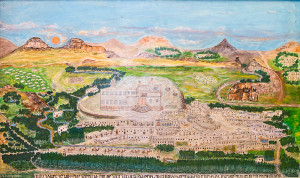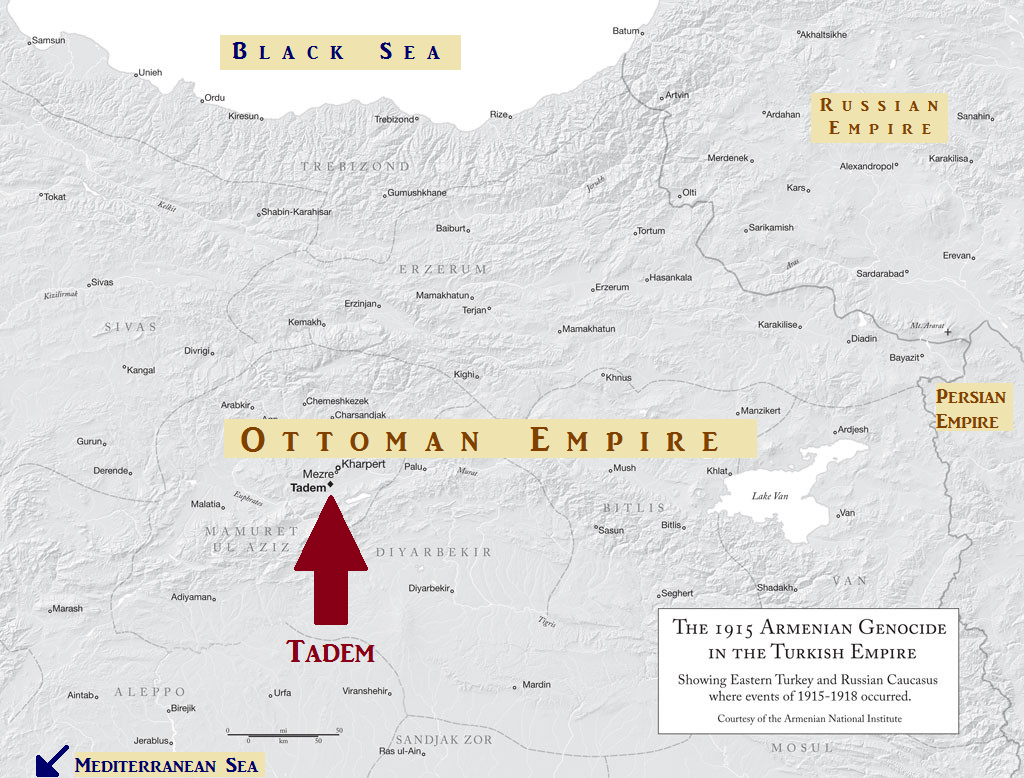
Despite garnering the outrage of the world when it occurred, the Armenian Genocide, events for which the term “genocide” was originally coined, is largely forgotten. This forgetting is explained partially because it happened between 1915–1923 against the backdrop of World War I; partially because it took place in a remote, inaccessible nation where photographic evidence was rare and access was limited by the culpable Young Turk government. Another likely cause of the world’s amnesia, if not dismissal, of the events of 1915–1923 lies in German-Jewish satirist Kurt Tucholsky’s famous line, “The death of one man: this is a catastrophe. Hundreds of thousands of deaths: that is a statistic!” In short, some horrors are too great to be readily comprehended unless we find a way to bring them back to a human scale.

Robert Aram Kaloosdian tells the individual stories of the Armenian villagers of Tadem and their extraordinary efforts to survive the Genocide that exterminated the majority of their community. Through descriptions of his father’s arduous journey from his ancestral homeland across Siberia to Japan, then to Seattle and to America’s East Coast, Kaloosdian describes in detail individual choices made by his father as well as other Armenians, Turks and Kurds. In doing so, Kaloosdian effectively clarifies what genocide actually entails.
